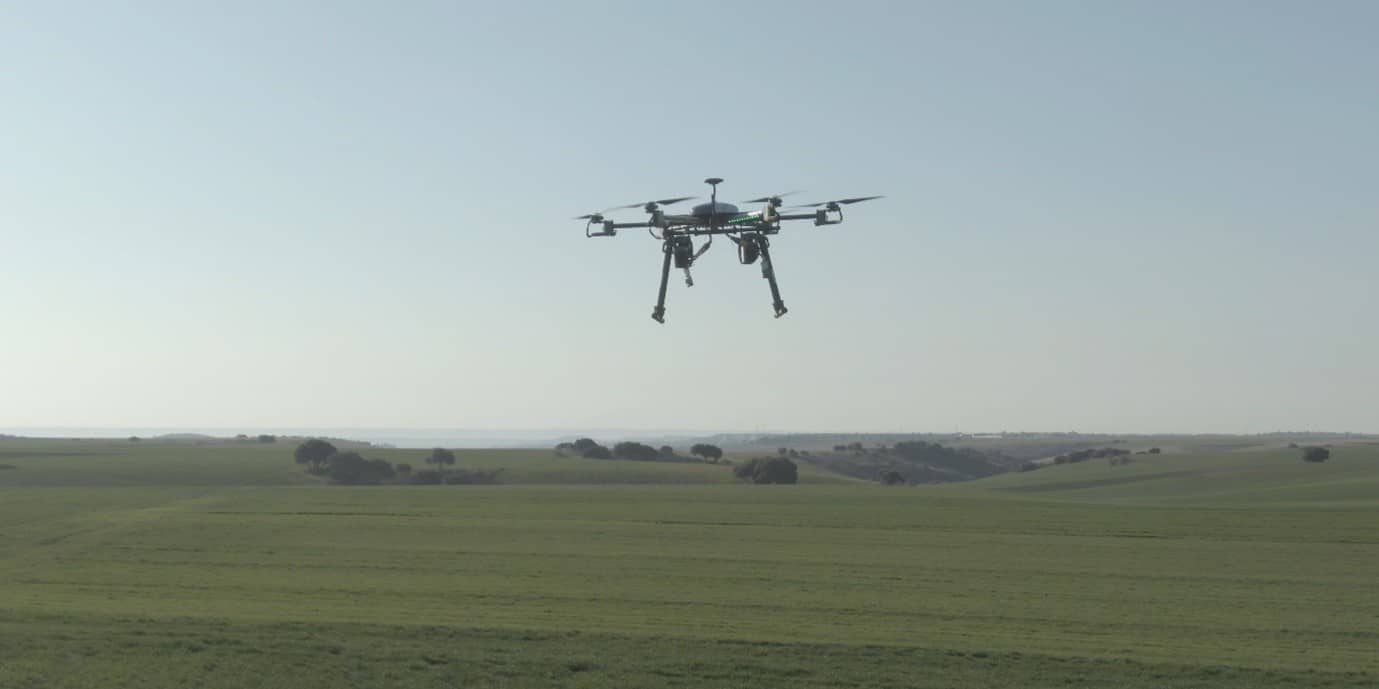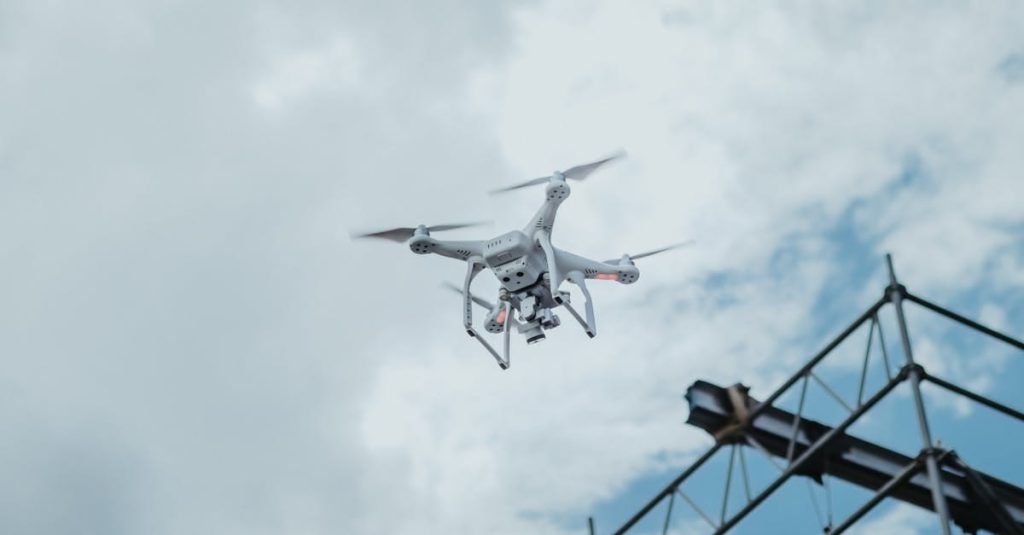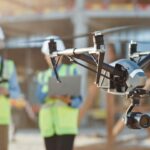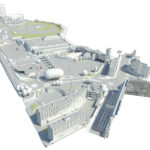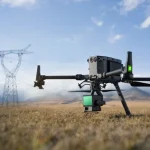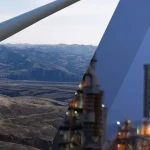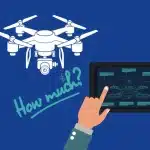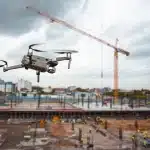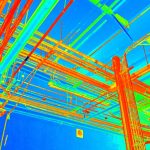At Sky Scan Surveys, we frequently work with Unmanned Aerial Vehicles (UAVs) to offer innovative surveying and inspection services. However, the terminology surrounding drones UAVs and UAS can be confusing. While many people use these terms interchangeably, they refer to different concepts, and understanding these distinctions is essential—especially as the technology continues to evolve.
In this article, we’ll explain what each term means, how they differ, and why it’s important to recognise their unique capabilities. Let’s start with the basics.
What is a Drone?
When most people hear the term “drone,” they often think of the small flying gadgets used for hobbyist photography or racing. While drones are typically unmanned, they are most commonly used as a catch-all term for UAVs and even other unmanned vehicles like boats or cars.
In its most basic form, a drone refers to any remotely controlled or autonomous flying vehicle. These vehicles can vary greatly in size, from small quadcopters that fit in the palm of your hand to larger machines used for commercial or military purposes.
However, it’s important to note that while all UAVs are drones, not every drone is a UAV. Drones can be used for many different applications beyond aviation, including land survey or water-based autonomous vehicles. For now, let’s focus on drones in the aerial context.
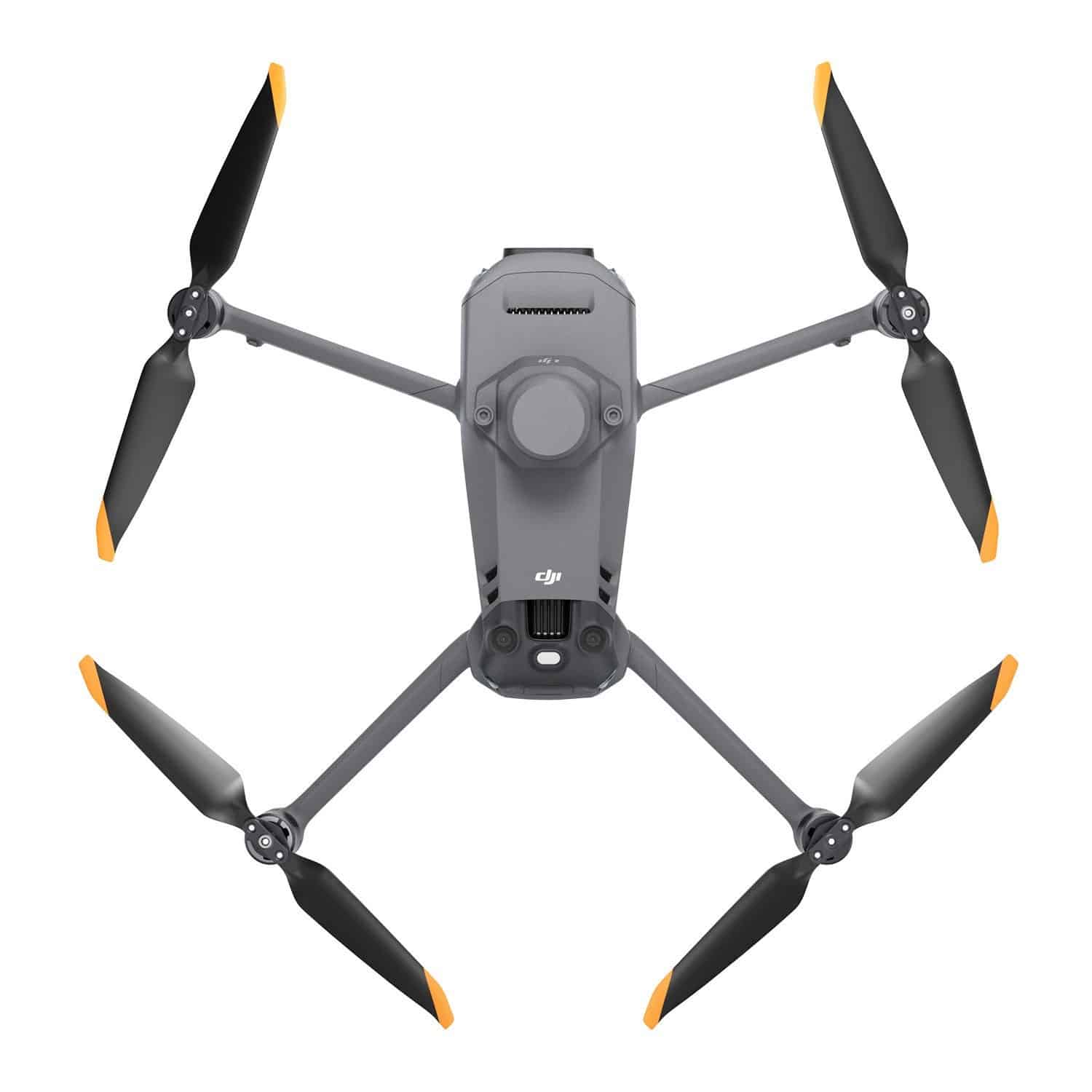
What is a UAV?
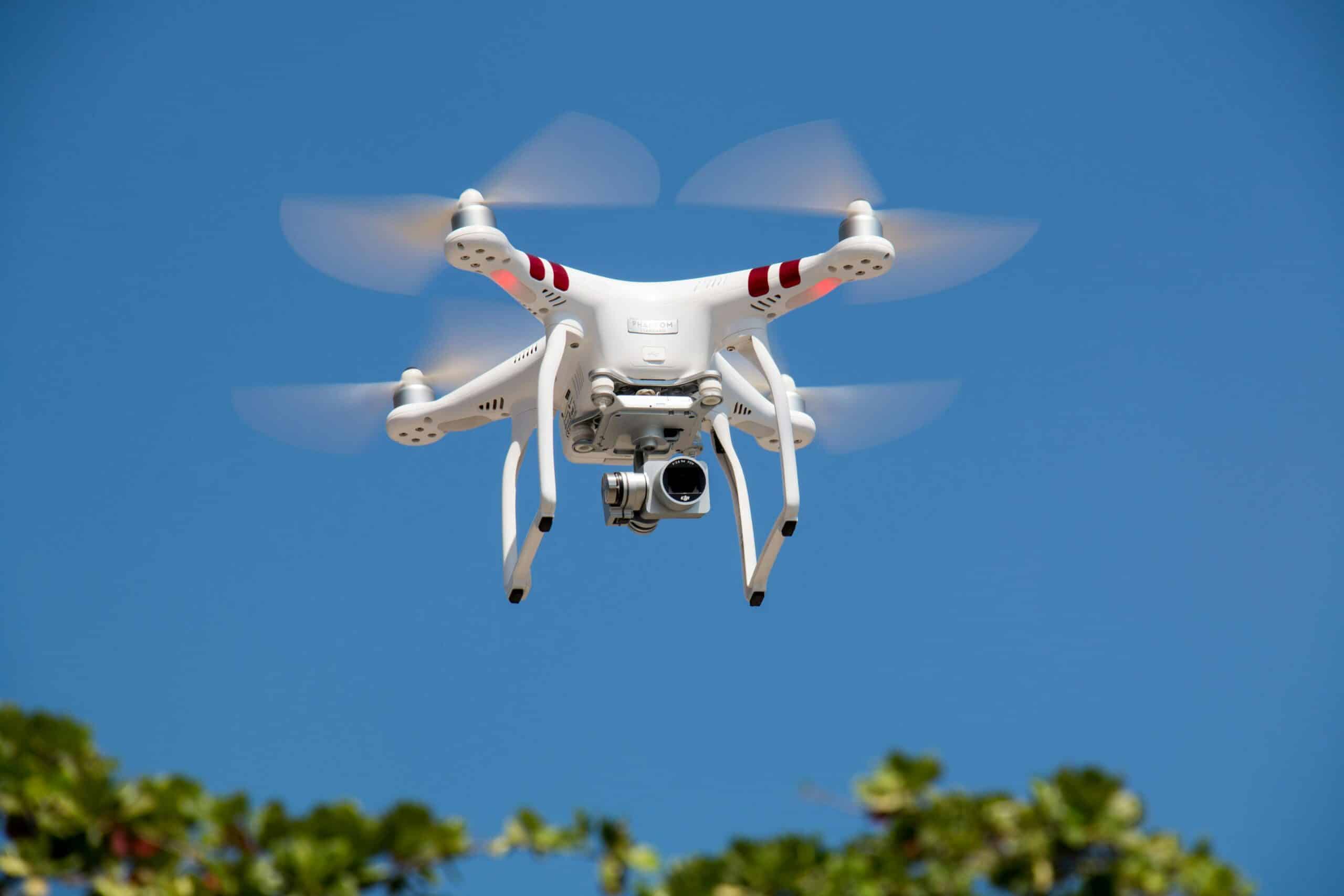
A UAV stands for Unmanned Aerial Vehicle, and this term specifically refers to the flying aircraft itself. UAVs are remotely controlled or can fly autonomously, making them more advanced than the basic drone.
UAVs can vary in size, shape, and complexity—from small, consumer-grade drones that can be used for recreational purposes to larger, more powerful UAVs used for military reconnaissance, infrastructure inspections, and agriculture. UAVs are typically equipped with various sensors and cameras to capture detailed data and imagery from the air, allowing them to perform complex tasks.
Unlike basic drones, UAVs are often part of a larger system, which brings us to the next important distinction.
What is a UAS?
A UAS (Unmanned Aircraft System) refers to the entire system that operates a UAV. Unlike a drone or UAV, which only refer to the flying vehicle, a UAS includes all of the components necessary for operation:
- The UAV (the aircraft itself)
- The ground control station (where the operator controls the UAV)
- Communication equipment linking the UAV to the ground control station
- Payloads, such as cameras or sensors used to capture data
- Flight planning software used to navigate the UAV’s flight path
This makes UAS the most comprehensive term when it comes to unmanned aerial technology. In essence, UAS includes everything needed to operate a UAV effectively, often for more complex and professional applications. For example, a UAS might be used for large-scale infrastructure inspections, military surveillance, or large agricultural projects.
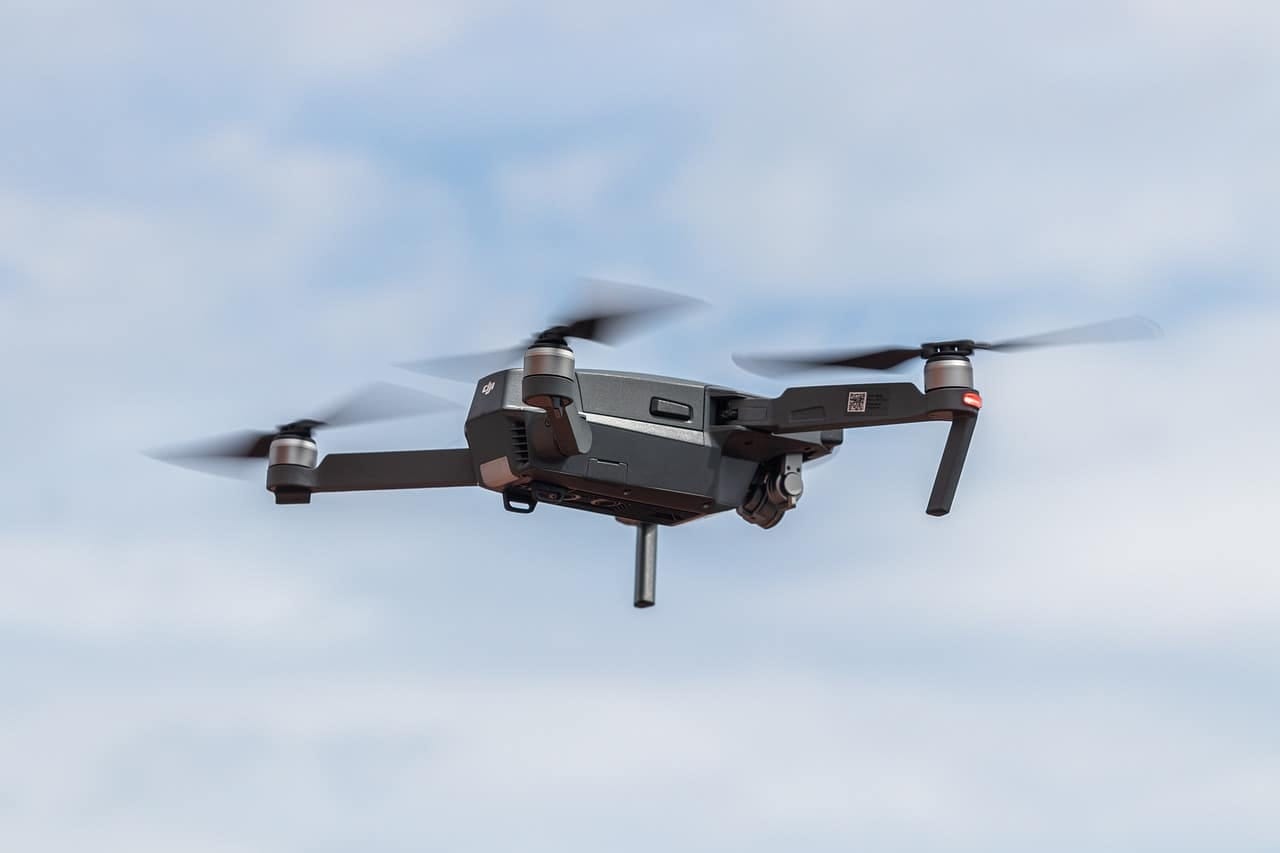
Key Differences: UAV vs UAS vs Drone
Similarities:
- All three—drones, UAVs, and UAS—are part of the unmanned aerial technology family.
- Each can be remotely controlled or autonomous.
- All of them can be used for a wide range of applications, from photography to surveillance and inspections.
Differences:
- Drone: The broadest term, often used to describe any unmanned flying vehicle. It doesn’t specify the complexity or the system involved.
- UAV: A specific type of drone that includes only the aircraft. UAVs are remote-controlled or autonomous flying machines that can perform more complex tasks than basic drones. They are often used in professional or commercial applications.
- UAS: The most comprehensive term, describing the entire system, including the UAV, its control systems, communication links, and additional equipment like sensors. UAS is used in more professional applications that require complex functionality and extended range.
Why Understanding the Differences Matter
As UAV technology continues to advance, these distinctions will become even more important. Whether you’re in construction, agriculture, or security, knowing whether you’re dealing with a simple recreational drone or a sophisticated UAS can guide your decisions on what technology and countermeasures are needed for specific tasks.
For example, while smaller drones might be easy to manage with basic detection systems and regulatory compliance, UAS (with advanced capabilities like autonomous navigation and complex payloads) will require more comprehensive detection and management strategies.
At Sky Scan Surveys, we use UAVs as part of our surveying and inspection services to provide more accurate, cost-effective, and efficient solutions for our clients. Whether it’s inspecting hard-to-reach infrastructure or capturing detailed imagery of agricultural fields, UAVs allow us to gather the critical data we need without the risk and expense of traditional methods.
Safety, Regulations, and Managing Risks
Regardless of whether you’re working with drones, UAVs, or UAS, it’s important to operate within safety guidelines and legal regulations. In the UK, the Civil Aviation Authority (CAA) sets rules on where UAVs can fly, how they should be operated, and what safety measures must be taken.
For example, UAVs are often subject to geofencing technology, which restricts them from flying in no-fly zones (like near airports or military bases). Meanwhile, advanced systems like U-Space traffic management help UAVs navigate safely by providing critical information about where and how they can operate.
How Sky Scan Surveys Utilises UAVs for Precision
At Sky Scan Surveys, we harness the power of UAV technology to provide high-quality surveys and inspections for a range of industries. Whether it’s a detailed survey for a construction project or monitoring crop health for agricultural clients, our UAVs are equipped with the latest sensors and cameras to provide real-time data with unmatched accuracy.
By understanding the difference between drones, UAVs, and UAS, we are able to select the right system for each project, ensuring safety, compliance, and efficiency. Our professional-grade UAVs are part of a larger UAS, enabling us to offer comprehensive surveying solutions that meet your needs.
Get in Touch with Sky Scan Surveys
If you’re looking to take advantage of cutting-edge UAV technology for your next project, Sky Scan Surveys is here to help. We provide tailored surveying services that are faster, safer, and more cost-effective than traditional methods. Contact us today to learn more about how UAVs can transform your next survey or inspection project.
By addressing the differences between drones, UAVs, and UAS, this article provides a clear and approachable explanation for casual readers, while also positioning Sky Scan Surveys as an expert in UAV technology. This will help readers better understand the technology we use and how it can benefit their projects.
